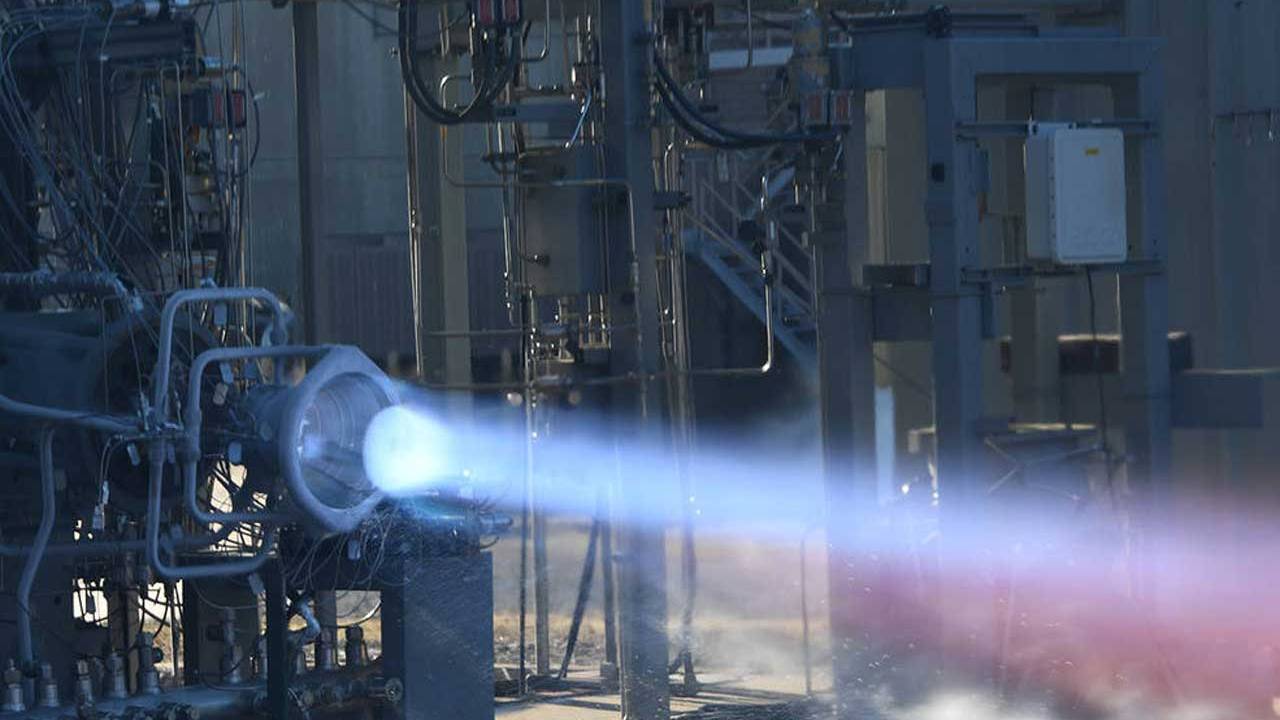One of NASA’s main goals is to develop technology that makes it cheaper and quicker to design and build components for rockets both on Earth and in space or on other celestial bodies.
.
NASA has particularly focused on using 3D printing to develop engine parts for rockets to help bring down overall manufacturing costs and make production faster. In November, a series of hot-fire tests were performed where NASA demonstrated a pair of additively manufactured engine components. The components include a copper alloy combustion chamber and a nozzle made of a high-strength hydrogen resistant alloy. They can withstand the extreme combustion environments that are typically experienced by traditionally manufactured metal structures during flight. NASA scientist Tom Teasley says that the 3D printing technology is a “game-changer” when it comes to reducing hardware manufacturing time and cost. Teasley says the hot-fire tests are a critical step in getting the 3D-printed […]
Case Study: How PepsiCo achieved 96% cost savings on tooling with 3D Printing Technology
Above: PepsiCo food, snack, and beverage product line-up/Source: PepsiCo PepsiCo turned to tooling with 3D printing...




0 Comments